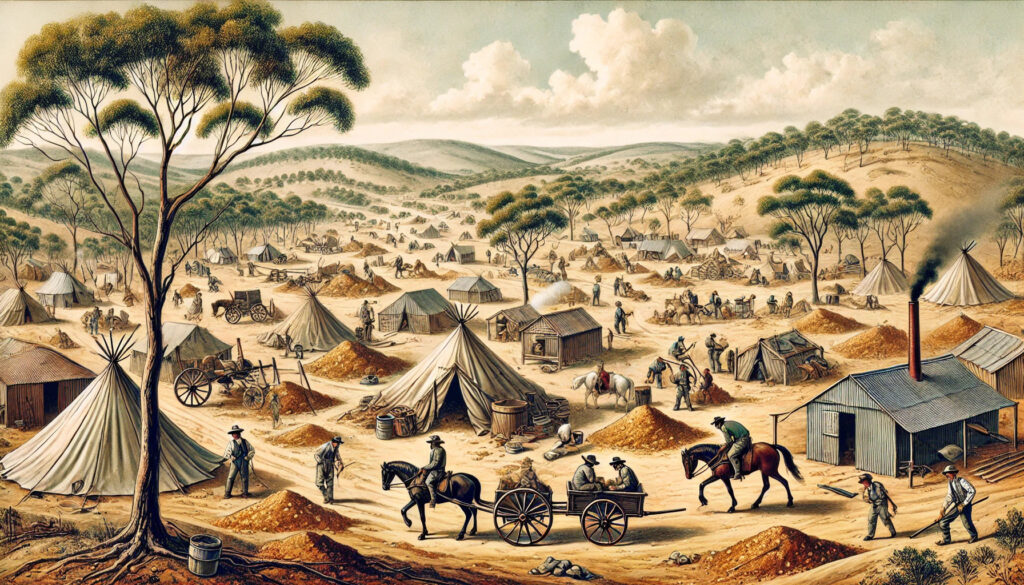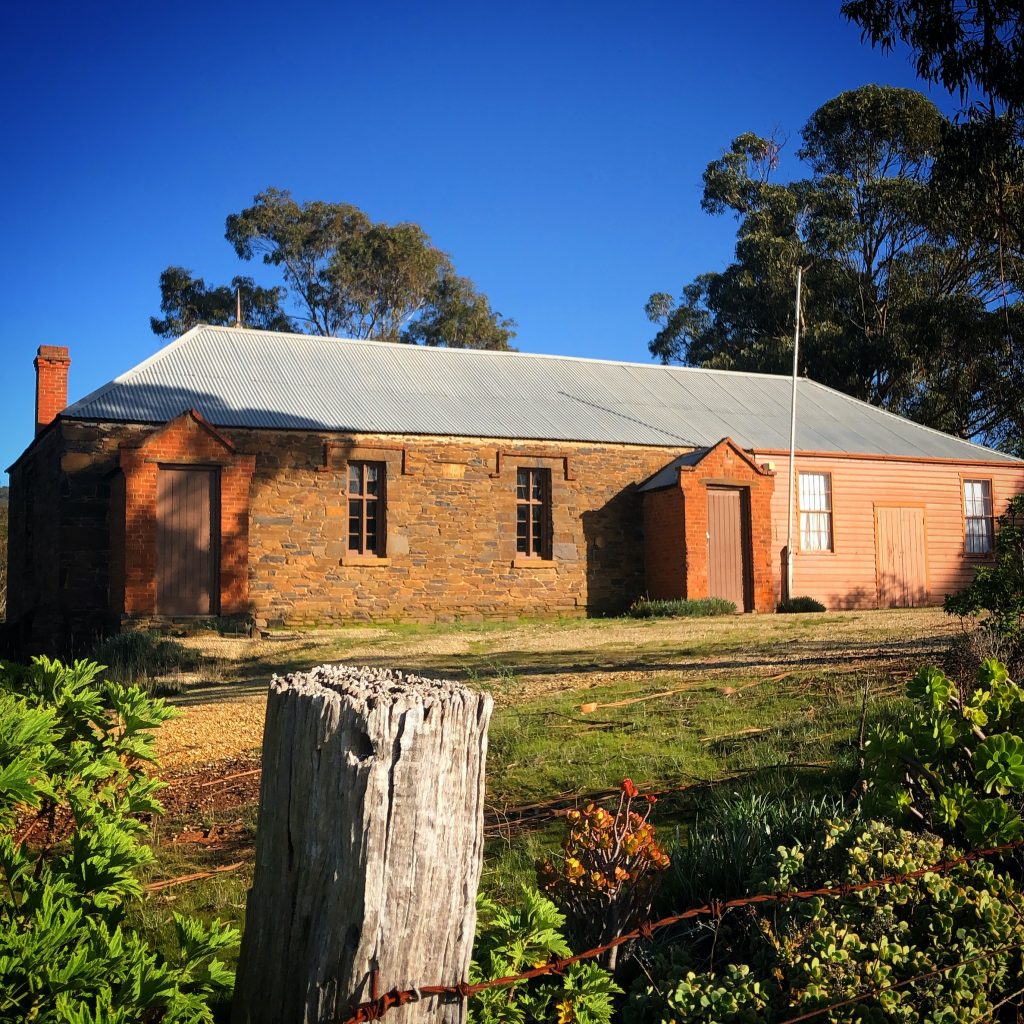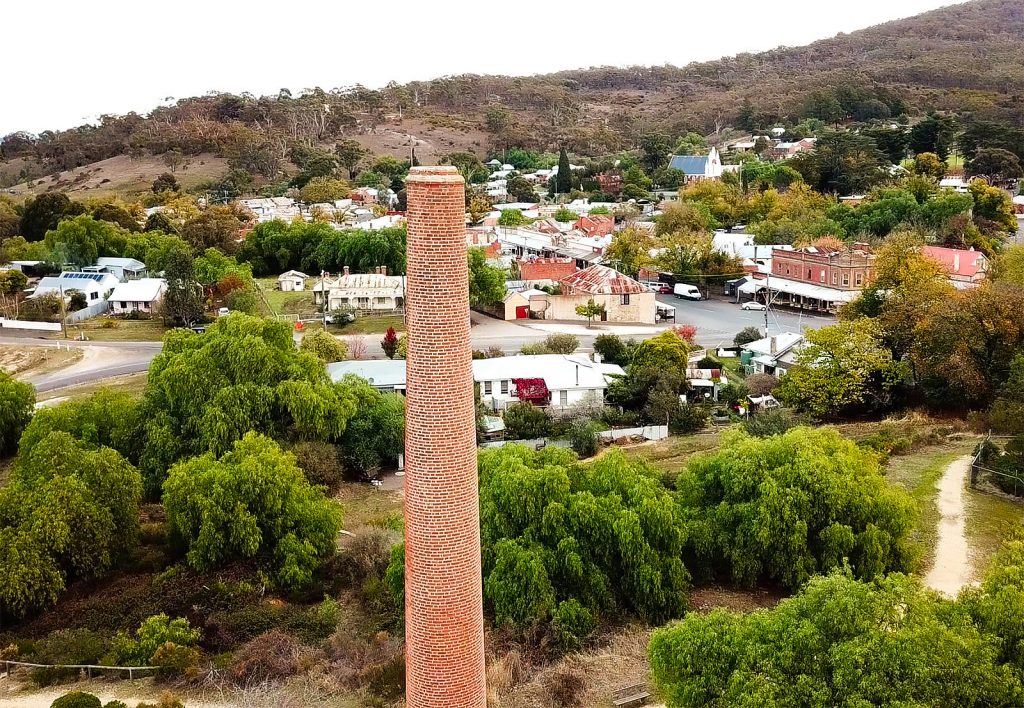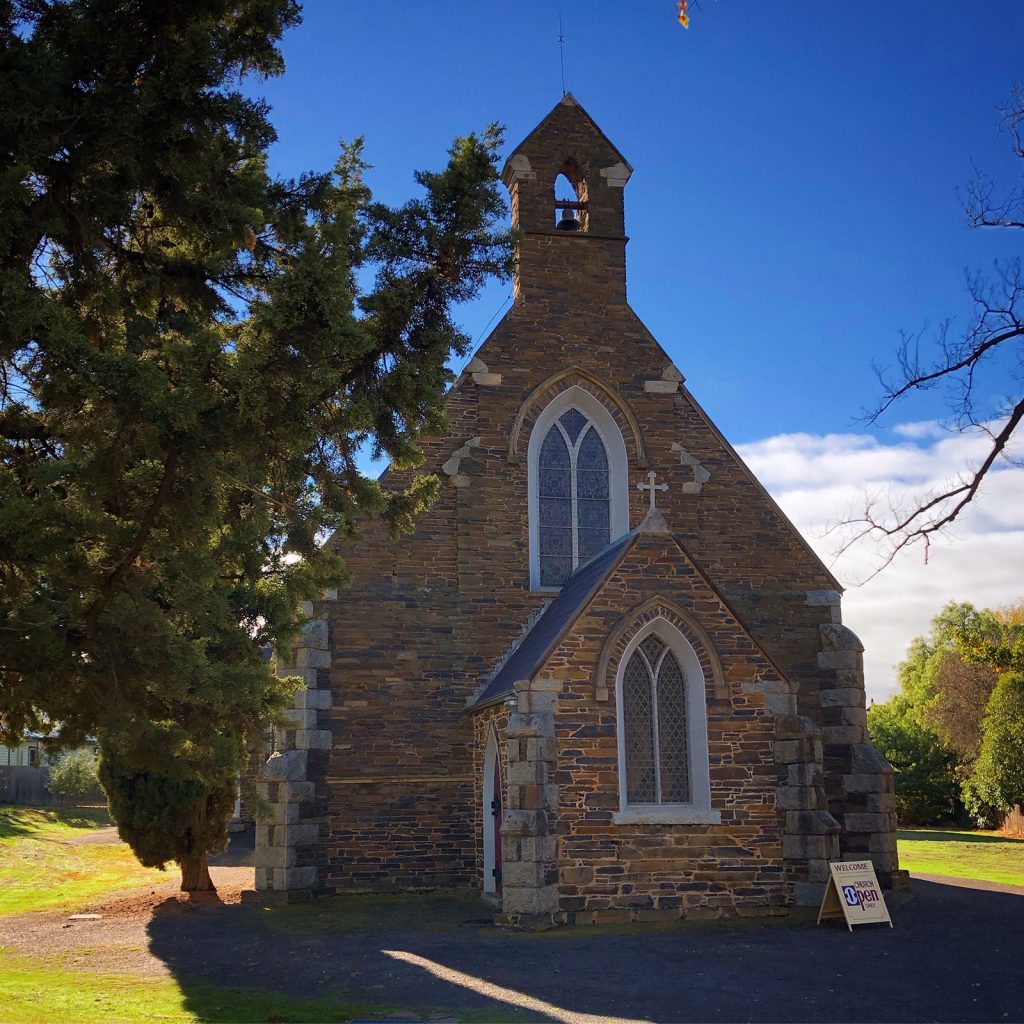
Nestled in the rugged hills of central Victoria, Australia, the Nuggetty Mine stands as a testament to the wild, golden dreams of the 19th century. Part of the storied Maldon goldfield, this remarkable quartz reef mine holds a special place in history as one of the richest gold producers of its time. Its tale is one of perseverance, ingenuity, and the relentless pursuit of fortune—a microcosm of the Victorian Gold Rush that reshaped a nation.
The Birth of a Bonanza
The Nuggetty Mine came into prominence shortly after gold was first discovered in the Maldon area in December 1853. While alluvial gold drew initial crowds to the Tarrangower Fields, it was the quartz reefs—like the Nuggetty—that promised lasting wealth. Located within the Nuggetty Range, just a few kilometers from Maldon township, this reef was identified as a standout early on. By the mid-1850s, miners had begun tapping into its bounty, and what they found was nothing short of extraordinary.
Unlike the scattered alluvial deposits that could be panned from streams, the gold in the Nuggetty Reef was locked deep within quartz rock, requiring skill, machinery, and determination to extract. The effort paid off handsomely. Historical records reveal that the mine yielded an astonishing 301,000 ounces of gold over its lifetime, with an average grade of 187 grams per ton. To put that in perspective, this was Australia’s highest-grade gold mine during the gold rush era, far surpassing the typical yields of other quartz operations in the region.
A Hive of Industry
The Nuggetty Mine quickly became a hub of activity. Miners flocked to the site, drawn by tales of glittering riches. The landscape buzzed with the clatter of crushing batteries, the hiss of steam engines, and the creak of poppet heads lifting ore from deep underground. Shafts plunged hundreds of meters into the earth, chasing veins of gold-bearing quartz that twisted through the rock like nature’s own treasure map. At its peak in the 1860s, the mine was a cornerstone of Maldon’s prosperity, supporting a thriving community that swelled to over 18,000 people during the early gold rush years.
The mine’s success wasn’t just a matter of luck—it was a triumph of early industrial innovation. Companies operating the Nuggetty Reef invested in cutting-edge technology for the time, including powerful stamper batteries to crush the quartz and extract the gold. The surrounding hills still bear the scars of this industry, with remnants of machinery, mullock heaps, and abandoned shafts offering a glimpse into the past.
Boom to Bust—and Beyond
The Nuggetty Mine’s golden era couldn’t last forever. By the late 19th century, the richest and most accessible portions of the reef had been exhausted. As miners dug deeper, costs rose, and yields diminished. The population of Maldon began to dwindle, dropping from its 1860s peak to just 1,600 by 1891. The mine, like many others in the region, saw operations scale back, though small-scale efforts persisted into the early 20th century.
Yet the Nuggetty’s story didn’t end with the gold rush. Its extraordinary output left an indelible mark on Maldon’s identity. The town’s well-preserved Victorian architecture—funded in part by gold wealth—earned it recognition as “Australia’s first notable town” by the National Trust in 1966. Today, the Nuggetty Mine site and its surroundings attract visitors eager to explore this chapter of history. Walking trails wind through the area, passing relics of the mining days and offering panoramic views from nearby Mount Tarrengower.
A Lasting Legacy
The Nuggetty Mine’s legacy goes beyond its impressive statistics. It embodies the grit and ambition of the gold rush era, when ordinary people risked everything for a chance at extraordinary wealth. Its record-breaking grade of 187 grams per ton remains a point of pride for Maldon, a reminder of a time when the earth beneath their feet glittered with promise.
For modern adventurers, the Nuggetty Range offers more than just history—it’s a call to explore. Prospectors still occasionally scour the area, and while the days of striking it rich are largely gone, the allure of gold persists. The mine’s story is a golden thread in the tapestry of Victoria’s past, woven with tales of triumph, toil, and the timeless human quest for treasure.
So, next time you’re in Maldon, take a moment to imagine the Nuggetty Mine in its heyday—dusty miners, roaring machinery, and the glint of gold in the quartz. It’s a piece of history that still shines bright, more than 150 years later.





